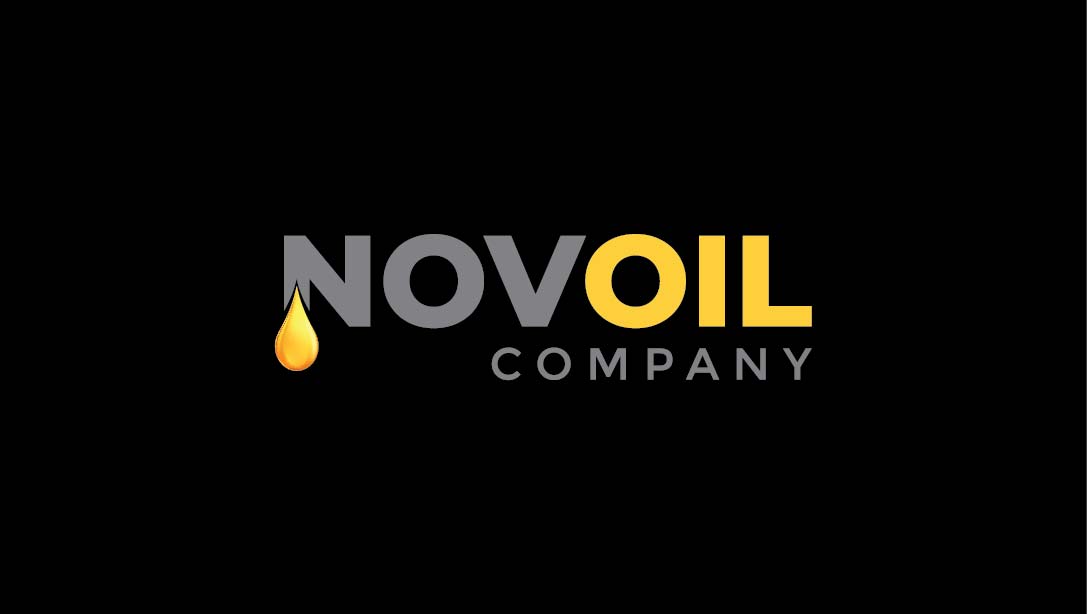7 Benefits of Payroll Automation Automated Payroll
The same technology can be used for payroll teams that may traditionally work off of a shared Outlook Inbox. Upgrading from an existing payroll system to a new modern one might be the best-case scenario for your organization. However, it may not currently be the right time due to business conditions or other challenges. Luckily, Payroll Process Automation is in Reach for Companies of All Budgets. The second drawback is the need for your team and employees to adapt to a new system and processes.
With so many bells and whistles, it easy to understand why payroll automation is so beneficial. Similarly, such timekeeping features allow management to track, audit, and report on how many hours their workforces are putting in. Leadership can review and make decisions based on such data faster than ever before.
Allows for a smaller payroll team
This is especially true when regular salary changes are the norm, in sales or other commission-based environments. A digital worker will calculate these changes for you, managing salary budgets and updating records, taking the time and effort out of the review cycle. Research from both EY and Deloitte found that the average timescale for ROI was less than a year. It also benefits from comparably low operating expense (OPEX) costs.
This could be from improved efficiency; RPA will simply complete the process much faster. Or perhaps it’s from cutting down on the expensive and disruptive errors that tend to be a natural part of the payroll process. RPA can even help deliver value in other areas of HR, as payroll professionals are freed up to work on alternative projects and achieve their full potential. AIMultiple informs hundreds of thousands of businesses (as per similarWeb) including 60% of Fortune 500 every month. You can see more reputable companies and media that referenced AIMultiple. Throughout his career, Cem served as a tech consultant, tech buyer and tech entrepreneur.
The right technology can help your business avoid costly payroll miscalculations and penalties. So, in honor of hardworking payroll professionals everywhere, let’s examine a few core principles for achieving greater success (and less stress) by selecting the right payroll solution for your business. Automation helps companies organize all payment information, carry out payroll accurately and on time, calculate tax withholdings, and file taxes — all while staying compliant.
- You can do this much as you would for a new starter–a simple step-by-step guide to each element of the process, including any necessary yes/no decisions.
- Through payroll software, businesses can conveniently issue paychecks either electronically or by mail.
- Payroll is a necessary part of running a business to ensure your employees get paid accurately and on time.
- If your payroll involves intricate calculations, such as varying pay rates, complex tax structures, or multiple deductions, automation can be particularly beneficial.
- It serves as an advantageous choice for businesses of all sizes, particularly those searching for an affordable payroll solution accompanied by reliable customer support.
With its user-friendly interface and array of powerful features, it becomes an essential tool for any organization looking to optimize their payroll management processes. Once you have provided the necessary data to your payroll automation software, the software will be able to calculate employee wages, withholding taxes, issue paychecks, and file payroll tax reports. This can save you a significant amount of time and effort, and it can help to ensure that your payroll process is accurate and compliant.
Talent Management Strategy: In-depth Guide in 2023
In fact, errors in payroll can be costly for businesses, leading to fines, penalties, employee distrust, and even legal issues. Here are the three most common types of payroll errors and their causes. Deel’s automated payroll systems already have tax rates and rules embedded in their code. We automatically make wage deductions such as employment tax and employee benefits. According to the American Payroll Association, your costs might decrease by 80%. You don’t need to hire and pay in-house payroll managers and finance specialists if you have an automated solution like Deel–a small business owner, for example, can run payroll in minutes.
When it comes to payroll, Wave’s key value proposition is that you can manage payments, deductions, and taxes for both employees and contractors in one user-friendly platform. To do so, you must not only Payroll automation take into account your employees’ earnings but also their benefits, withholdings, and taxes. Using an automated payroll system means funds will be automatically transferred into the payroll account.
- Deel’s automated payroll systems already have tax rates and rules embedded in their code.
- With an automated payroll software, you don’t have to hire a large team of payroll professionals to oversee paying employees.
- By automating payroll processes, businesses can eliminate the need for manual data entry and calculations, which are not only time-consuming but also prone to errors.
Deel offers a payroll card for contractors that enables you to spend your money directly from your Deel balance. You can choose between the virtual card, used for online purchases only, or order a physical card that you can use for physical and online purchases. Deel’s automation reduces the chance of an HR employee making mistakes during calculation—after all, computers don’t get tired or forget to carry the one. In essence, this automation can use an HTTP webhook to send the employee a text message (which is customizable) once their payroll information is changed in the HRIS. Still, any oddball processes that your new solution can’t handle will need to be accounted for some other way.
Save Time and Money
Online payroll also means you can keep all paperwork in electronic form instead of hard copies. Hard copies take up physical space in your office and can easily get misplaced or damaged. That might be an issue since you must keep each tax form for a specific amount of time. Your company should already use a secure cloud storage platform to manage its records and back up the immense volumes of data it produces every day.

After deciding on a software solution, the organization can then proceed to feed their data into the system, train employees on how to use the new system, and implement its new automated payroll processes. Payroll management refers to the administrative task of calculating and managing employee salaries, wages, and benefits to ensure timely payments in line with local and international regulations. Traditionally, enterprises designate payroll clerks or a team of payroll specialists led by a payroll manager to execute such tasks. Also, HR or finance/accounting teams carry the responsibility of payroll management in many enterprises. You’ll understand what automated payroll is, why it’s the new standard for most businesses regardless of their number of employees, and how Deel’s payroll software solution can help. The six payroll automation softwares mentioned in this article offer a variety of features and benefits, so businesses of all sizes can find a solution that meets their needs.
Growing companies should give top priority to automated payroll solutions due to their valuable benefits demonstrated above. In the dynamic Indian business landscape, payroll management demands accuracy, compliance, and timeliness. Traditional methods of manually processing payroll can be error-prone, leading to discrepancies, employee dissatisfaction, and potential legal issues. A robust payroll software in India that is specifically designed for the Indian market is crucial for ensuring smooth payroll operations and overall business efficiency.
Wondering if you should automate payroll, and how to make it work for your startup? Not as readily obvious is the benefit of increased security that payroll automation provides. Employee information no longer needs to be shared across email or printed files where all sorts of accidental and intentional security risks are present.
Many of these fixes have since been converted into payroll modernization projects. As it stands, 61% of respondents to the Alight 2021 Global Payroll Complexity Index, published in October 2021, have outsourced some or all their payroll operations. Key drivers for this were regulatory complexity (42%), corporate strategy for outsourcing (30%), cost reduction (27%), and to support mergers and acquisition (M&A) activities (15%). For the first time ever, the use of agile cloud payroll technologies exceeds that of on-premise (62%)—a rise from 34.8% in 2019. Part of running payroll is writing checks and calculating different types of payment. All of this is time consuming to do by hand, but not with an automated payroll system.
Simply put, a payroll system is used by employers to pay their employees. Likewise, an automated payroll system allows an employer to process its payroll using an online system. Payroll is not an easy task, and your company may be struggling with it, but you don’t have to. When running a business, you need all the help you can get, and that’s what an automated payroll system can provide. Besides payroll, it also allows you to manage employee benefits, recruitment, training, and more.
How Payroll Software Can Revolutionize Payroll Management
For example, once an employee leaves, you can, from a platform like Slack, post a comment in the former employee’s HRIS profile, alerting your colleagues that they’re no longer part of the company. The colleagues you mention could then receive a message via chat in real time that alerts them of the comment; this can empower them to work quickly in removing the former employee from your payroll. To highlight how a payroll automation process can look, we’ll walk through a few examples.
With an automated payroll system, employees can view their pay stubs, update their direct deposit, and view deductions. Modern payroll automation software helps alleviate this mountain of responsibility by streamlining payroll processes that otherwise would take hundreds of hours for your staff to manually complete. Much like the earlier point on productivity, an RPA bot will complete payroll tasks much faster using fewer resources than the equivalent manual processes. For single tasks, such as salary processing, this can be invaluable. But when RPA is rolled out across several payroll software processes, it can deliver dramatic efficiency improvements for your business. If you’re a small business that can’t afford to bring on a full-fledged finance team, payroll automation means you can work with a smaller team, which allows you to save money by not paying more employees.
With the right automated payroll solution, you should have no trouble integrating your contractor payments with your employee payroll. Additionally, you can do so while remaining in compliance with all applicable tax and labor laws. Gusto is a cloud-based payroll automation software offering an extensive range of features, including time tracking, benefits administration, and HR management. Rippling stands as a cloud-based payroll automation software, offering a diverse range of features including time tracking, benefits administration, and HR management. It’s impossible for one or several individuals to keep track of the many changes coming out of federal, state and local taxing jurisdictions.

